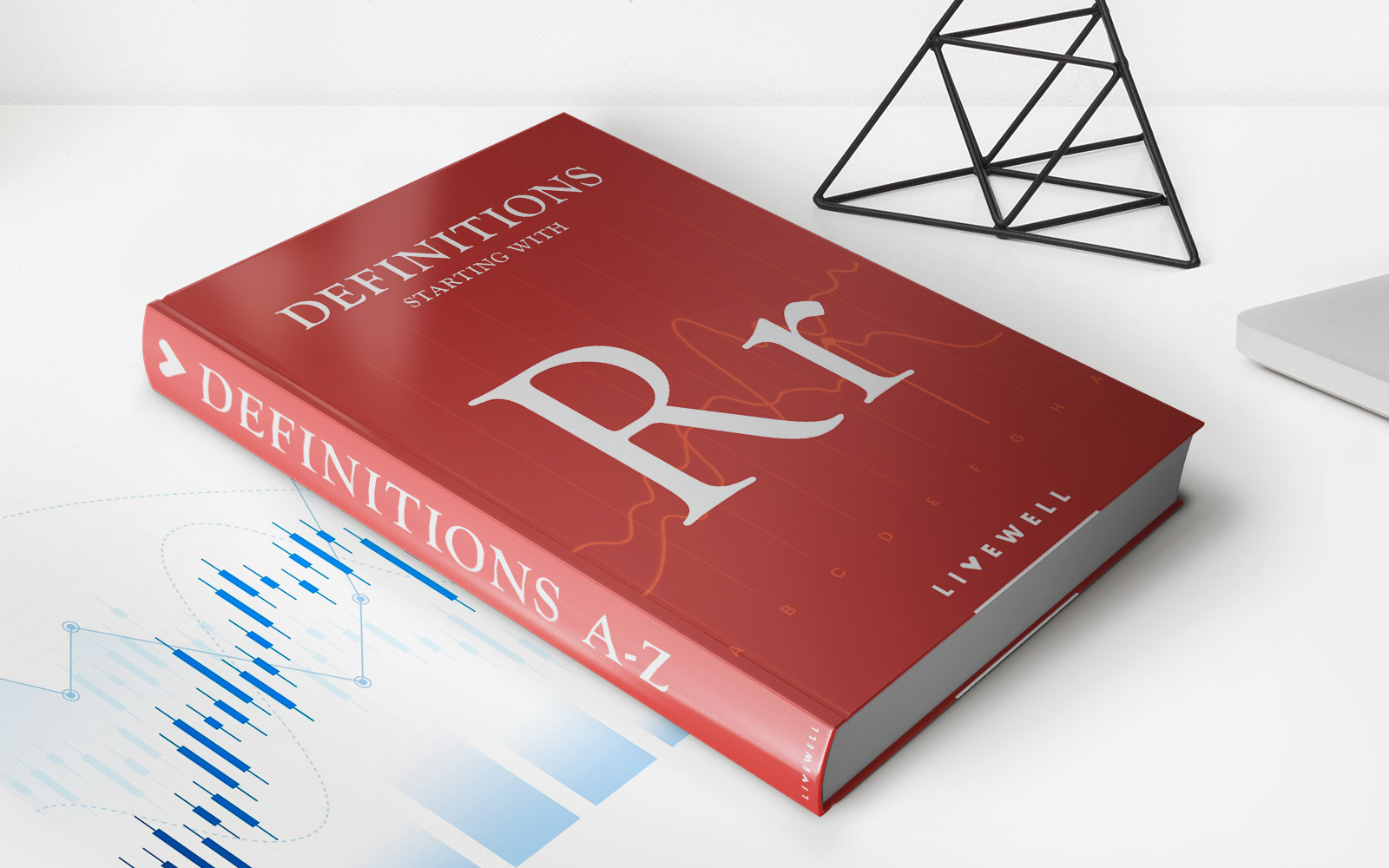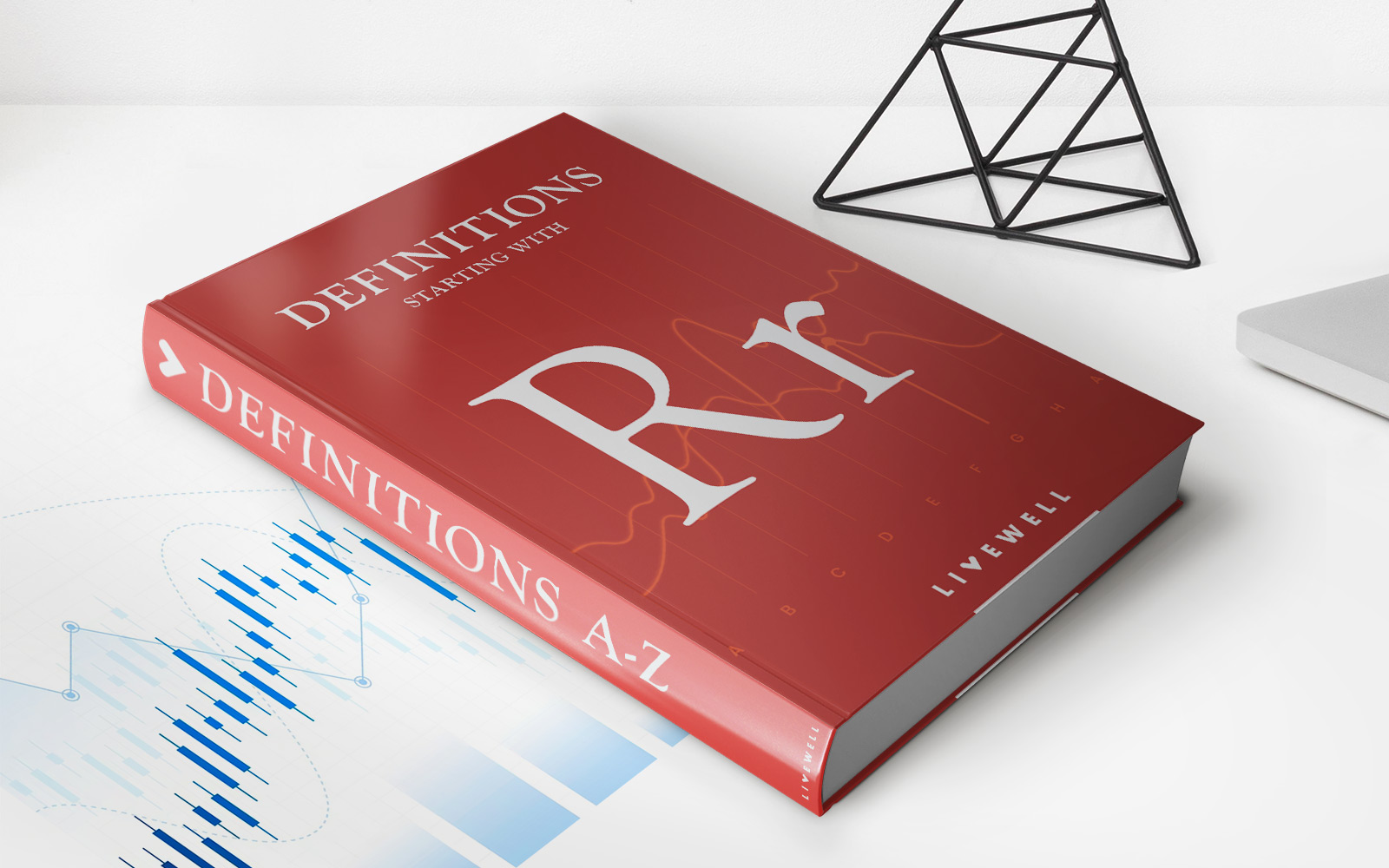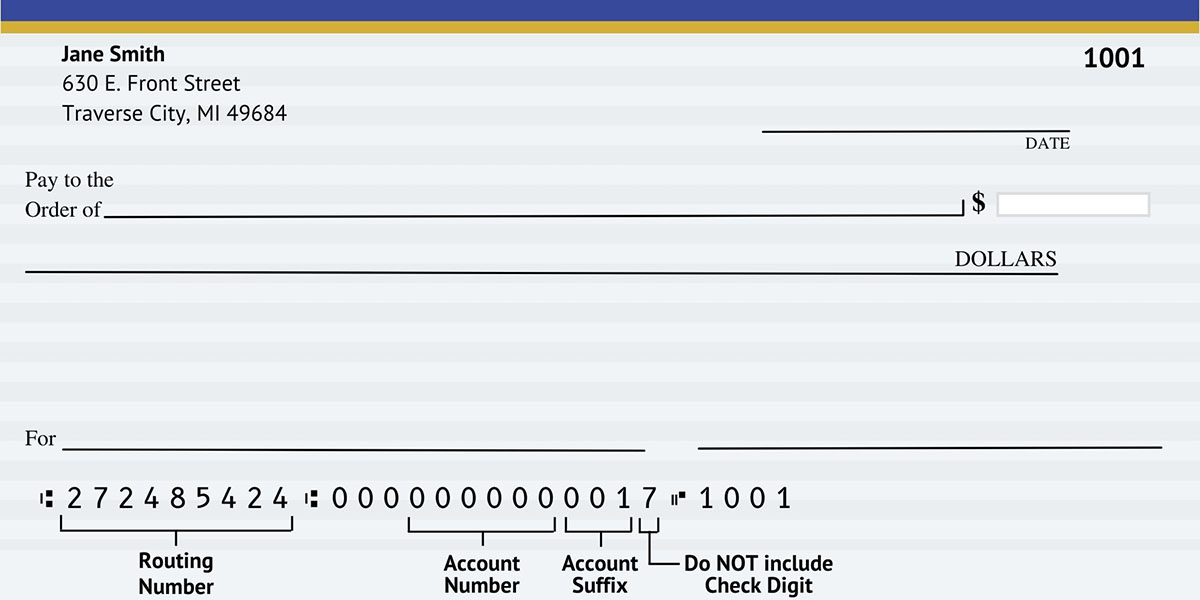Home>Finance>Risk Asset: Definition And Examples From Stocks To Crypto


Finance
Risk Asset: Definition And Examples From Stocks To Crypto
Published: January 21, 2024
Learn about risk asset and its various examples in finance, including stocks and cryptocurrencies. Explore the definition and importance of risk assets in your investment strategy.
(Many of the links in this article redirect to a specific reviewed product. Your purchase of these products through affiliate links helps to generate commission for LiveWell, at no extra cost. Learn more)
Risk Asset: Definition and Examples From Stocks to Crypto
Welcome to our Finance category, where we dive deep into various aspects of the financial world. Today, we are going to talk about risk assets. What exactly are risk assets, and how do they impact your investment portfolio? If you’re looking to gain a better understanding of these assets and explore examples ranging from stocks to cryptocurrencies, you’re in the right place.
Key Takeaways:
- Risk assets are investments that have the potential for a higher return but also come with a higher level of risk.
- Examples of risk assets include stocks, bonds, commodities, real estate, and cryptocurrencies.
So, let’s start by defining what a risk asset is. In simple terms, a risk asset is an investment that carries a certain level of uncertainty or volatility, which can result in both gains and losses. The primary characteristic of a risk asset is its potential for generating higher returns compared to more conservative investments. However, this potential comes with a trade-off – a higher level of risk that investors must be willing to accept.
Now that we have a basic understanding of what risk assets are, let’s explore some examples:
1. Stocks
Stocks are perhaps the most well-known risk asset. When you invest in stocks, you become a partial owner of a company and can actively participate in its growth and success. However, the value of stocks can fluctuate significantly due to various factors such as market conditions, economic trends, and company-specific news.
2. Bonds
Bonds, on the other hand, are debt securities that represent a loan made by an investor to a borrower (usually a government or corporation). Bonds are considered less risky than stocks because they offer regular interest payments and promise to repay the principal amount at maturity. However, like any investment, bonds can still carry a degree of risk, primarily influenced by factors such as interest rate changes and creditworthiness.
3. Commodities
Commodities, such as gold, silver, oil, and agricultural products, also fall into the category of risk assets. The prices of commodities can be affected by a wide range of factors, including geopolitical events, supply-demand dynamics, and currency fluctuations. Investing in commodities can provide potential diversification benefits and act as a hedge against inflation.
4. Real Estate
Real estate investments involve purchasing properties such as residential homes, commercial buildings, or land. Real estate can provide both rental income and long-term appreciation potential. However, the real estate market is subject to various factors such as location, economic conditions, and housing market trends that can impact the overall value and returns on investment.
5. Cryptocurrencies
Lastly, in the world of rapidly evolving digital assets, we have cryptocurrencies like Bitcoin, Ethereum, and many others. Cryptocurrencies are highly volatile and speculative in nature. While they can generate substantial returns for investors, they also come with a significant level of risk due to regulatory uncertainty, market sentiment, and technological challenges.
It’s essential to note that the examples mentioned above are just a few among many risk assets available to investors. Each risk asset has its unique characteristics and risk-return profile, and it’s crucial to thoroughly evaluate and understand these factors before making any investment decisions.
Wrapping Up
Risk assets offer the potential for higher returns, but with that potential comes a higher level of risk. Whether you choose to invest in stocks, bonds, commodities, real estate, or cryptocurrencies, it’s crucial to conduct thorough research, monitor market trends, and evaluate your risk tolerance. A well-diversified investment portfolio is often recommended to spread risk and enhance potential returns.
We hope this article has provided you with a comprehensive understanding of risk assets and their examples. If you have any further questions or would like to explore more topics in finance, feel free to browse through our Finance category for insightful articles that can help you make informed investment decisions. Stay tuned for more engaging content on our blog!













